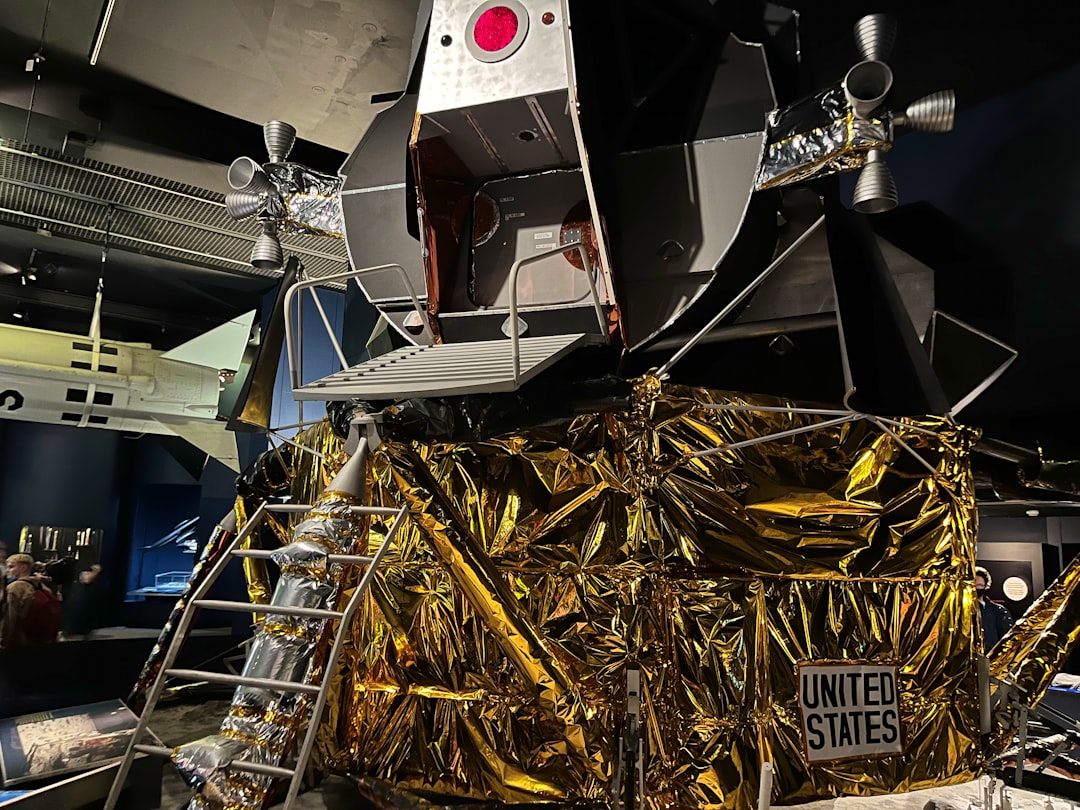
Bioherbicide is important approach for sustainable farming practices. One of plant that has potentially as bioherbicide, which is environmentally safe, is mango. Mango leaf extract is useful as bioherbicide because it produces allelochemical compounds, which could inhibit the weed growth. This research was designed to study the effect of several mangoes species leaves extract to control dominant weed (amaranth). Split plot design was implemented using mango species (S) as the main plot; S1 (Mangifera odorata Griff.), S2 (Mangifera foetida Lour) and S3 (Mangifera indica L.). While the sub plots were concentrations of mango's leaf extract (K), that included 0, 500, 1000, 1500, and 2000 ppm. Results of the research showed that all parameters of weed growth (amaranth) were inhibited along with the increase of concentration of the mango's leaf extract. The results also showed the significant inhibition of amaranth's dry weight. Among three species of mangoes, M. indica L. showed the best inhibition mechanism to the amaranth weed, which significantly suppressed the weed growth on just 1000 ppm concentration.



